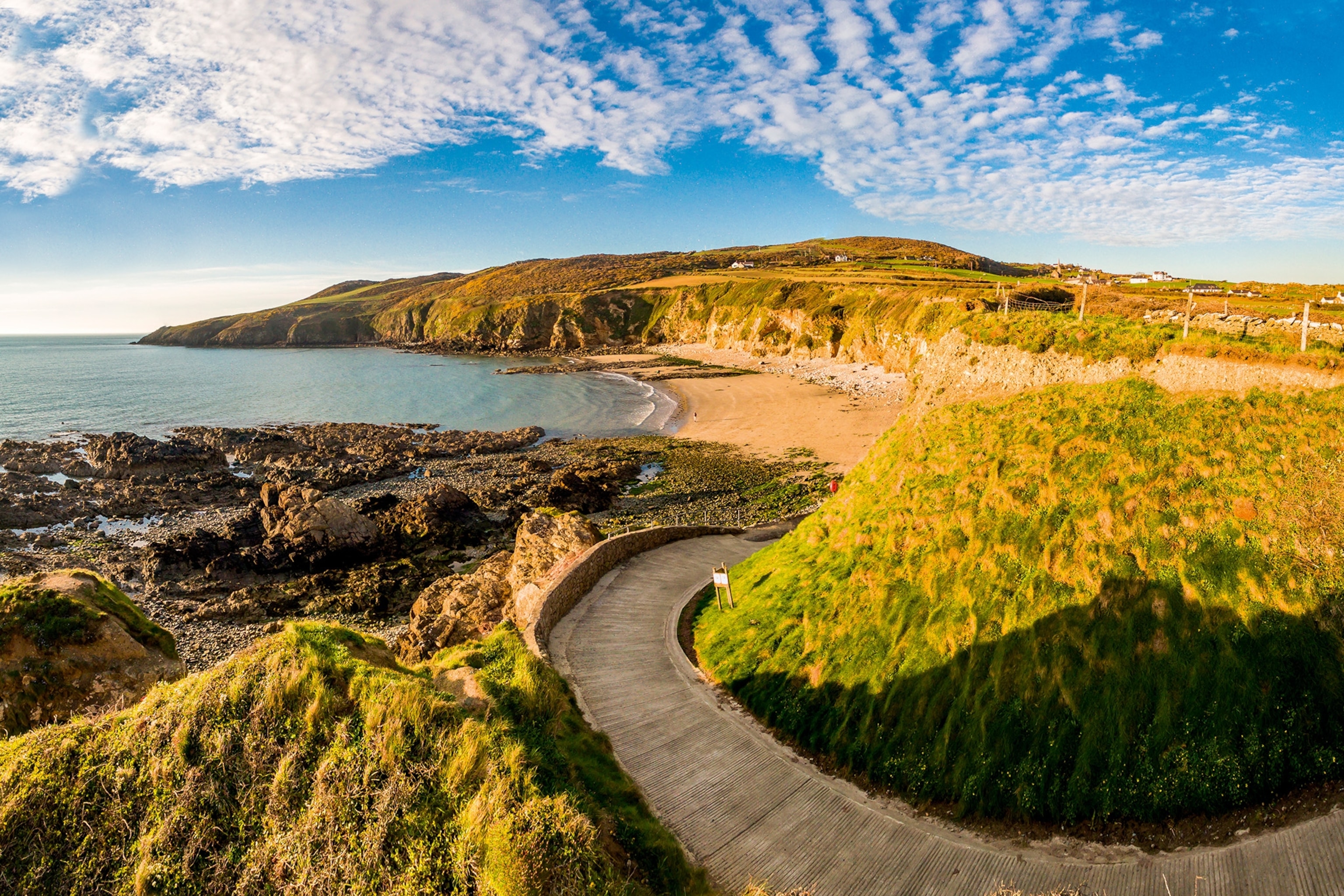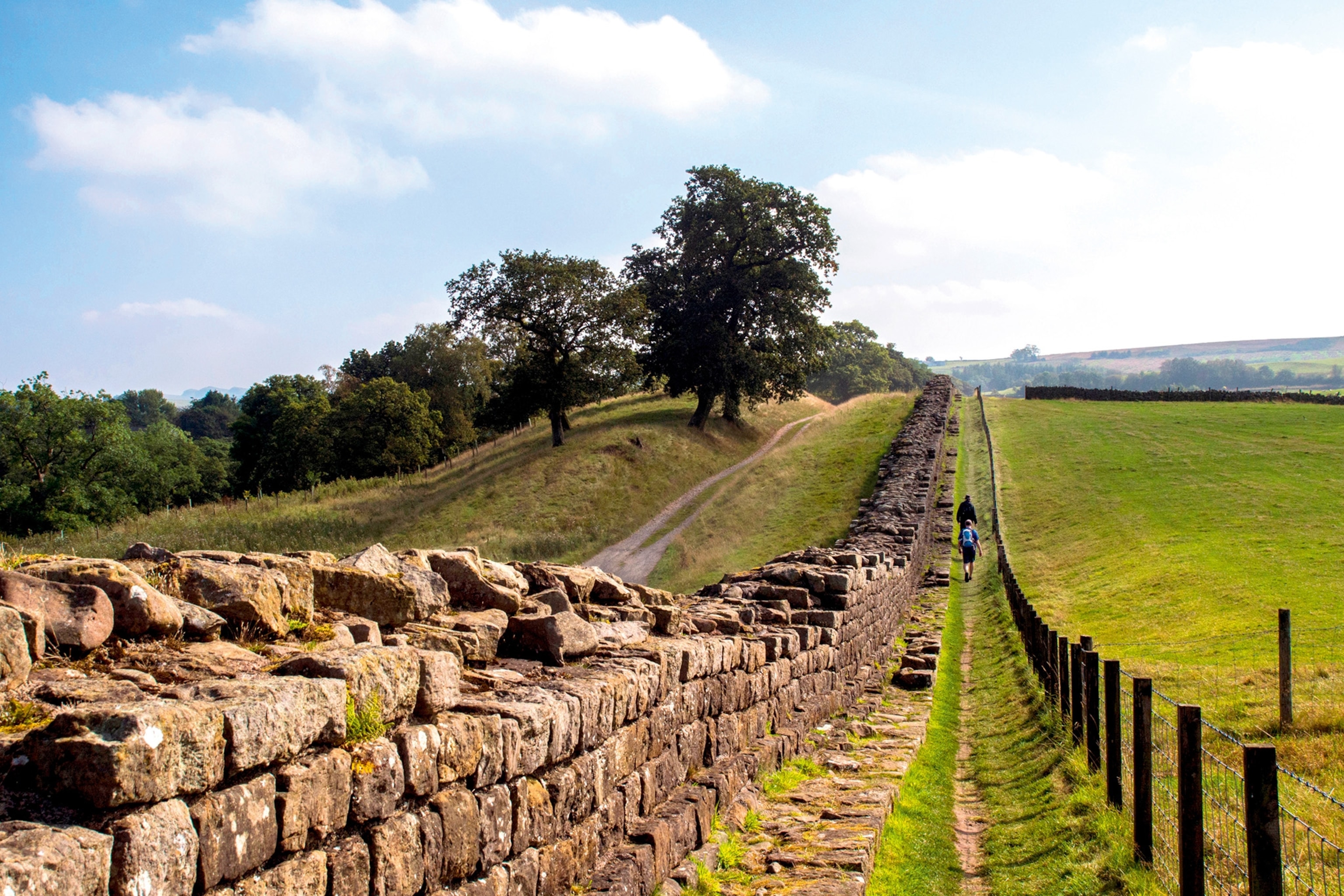Britain’s long-distance paths extend through coastal cliffs, wetlands, moorland, and highland passes—inviting walkers to explore both terrain and tradition. From tame coastal routes to the formidable Pennine Way, the UK’s trails offer variety, heritage, and discovery for every pace.
Trails for every walker: choice, access, and ease
Britain boasts 16 National Trails across England and Wales, ranging from the easy South Downs Way (100 miles) to the rugged South West Coast Path (630 miles). These established routes offer varying difficulty—from flat Norfolk Coast and Thames Path to undulating Cotswold escarpments and cliff-bound coastal tracks.

Public rights of way—marked yellow for footpaths and blue for bridleways—ensure access even through private land. Many routes intersect train stations or villages, allowing flexible start and stop points.
Iconic routes: coastlines, countryside and highlands
The South West Coast Path winds 630 m along Cornwall, Devon, and Dorset—with nearly 35,000 m of elevation gain—offering sweeping ocean views, heritage coasts, and seaside cliffs.

In England’s north, the 268‑mile Pennine Way crosses wild moorland, Yorkshire Dales, and Northumberland before ending at the Scottish border. It was Britain’s first designated National Trail in 1965 and remains one of its most challenging and iconic walks.
Scotland’s Great Glen Way spans 125 km between Fort William and Inverness, skirting Loch Ness and offering hiking, biking, and canoeing alongside dramatic Highland landscapes.
Coastal inspiration and hidden gems
The Wales Coast Path runs an incredible 870 miles around the country’s shoreline, making it the first continuous national coastal trail in the world. It traverses beaches, cliffs, estuaries, and seaside towns—often with wildlife-rich views of seabirds, dolphins, and seals.
Pilgrim routes like the historic Offa’s Dyke Path link border towns with ancient woodland and market villages, offering a quieter, culturally rich experience on foot.
Planning your walk: tips for success

Season matters: most trails are best between late spring and early autumn. Popular routes like the South Downs Way or Norfolk Coast are accessible year-round, but the Pennine Way and Cape Wrath Trail demand careful weather planning.

Accommodation is available in hostels, pubs, B&Bs, or campsites—but in remote sections hikers often need to plan longer days or off-route stays. Guided packages exist for several trails, including backpack-and-baggage services.
Walk Britain’s story one step at a time
Whether you seek coastal calm, moorland solitude, ancient paths, or panoramic highlands, Britain’s long-distance trails offer a living map of nature and heritage. From the windswept cliffs of Cornwall to the backbone of England and Highlands of Scotland, each journey delivers challenge and reward alike. Let me know if you’d like help crafting a route, booking support services, or tailoring a hike to your preferred pace.




